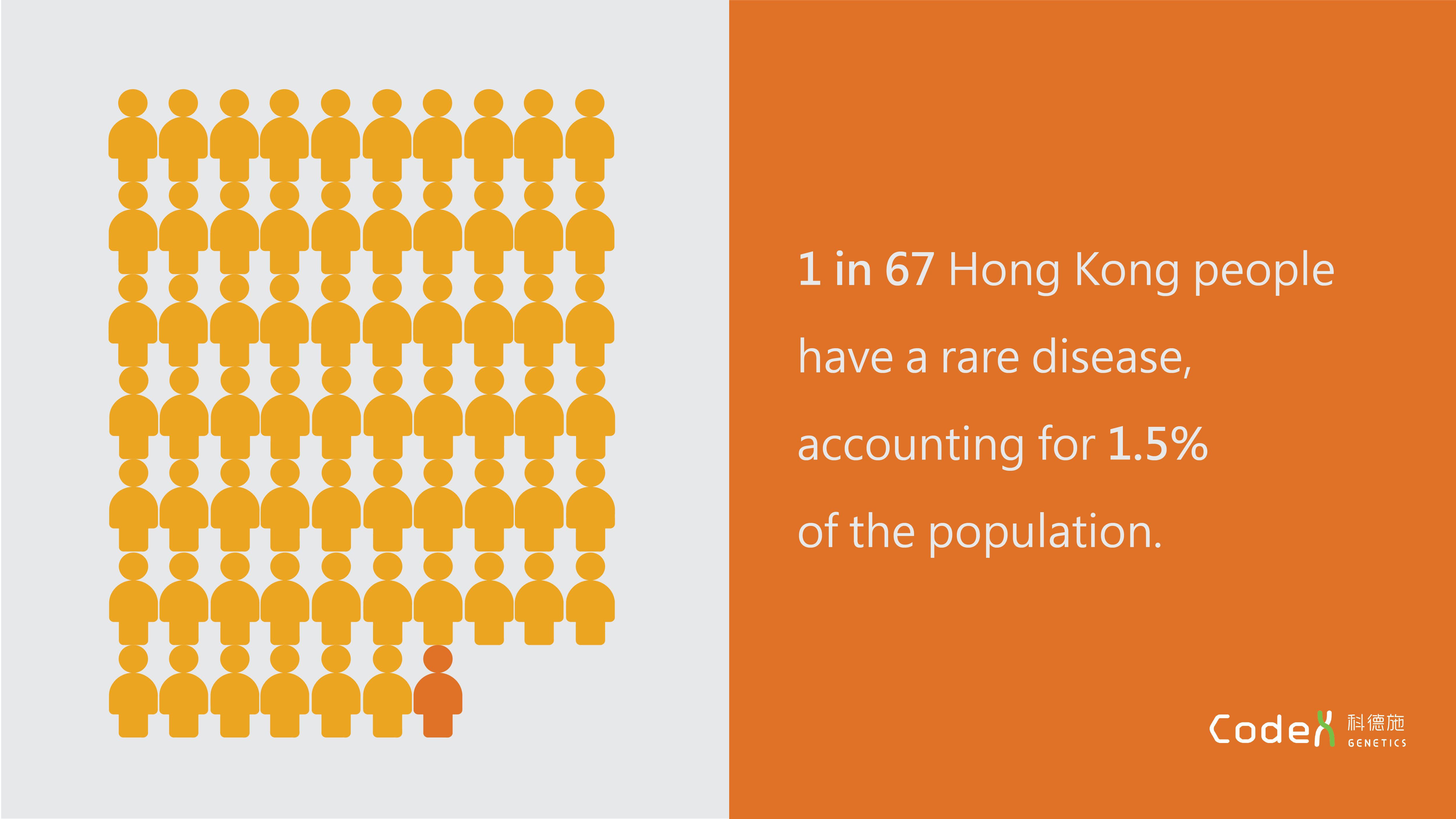A rare disease is generally defined by the incidence rate of a certain disease in a particular region. Therefore, different regions might have different definitions of rare diseases. For example, in Europe, a disease that affects less than 1 in 2,000 people are called a rare disease. In Japan and the United State, rare diseases incidence rate is about 1 in 2,500 and 1 in 1,500 respectively. Sometimes other considerations might be included in defining rare diseases, such as unknown etiology or no effective treatment of diseases. There is no clear definition of rare diseases in Hong Kong, but it is estimated that there are 20,000 rare disease new cases increased each year.
About Neurodegenerative Rare Diseases
Neurodegenerative rare diseases account for about 15% of all the types of rare diseases. Neurodegenerative diseases refer to the progressive degeneration of neuron structure and function. Here are some of the neurodegenerative diseases you might heard of: Parkinson’s diseases, Charcot-Marie-Tooth disease, epilepsy, hereditary spastic paraplegia, spinocerebellar ataxia, spinal muscular atrophy. Other than that, there are hundreds of neurodegenerative diseases that you have not heard of.











